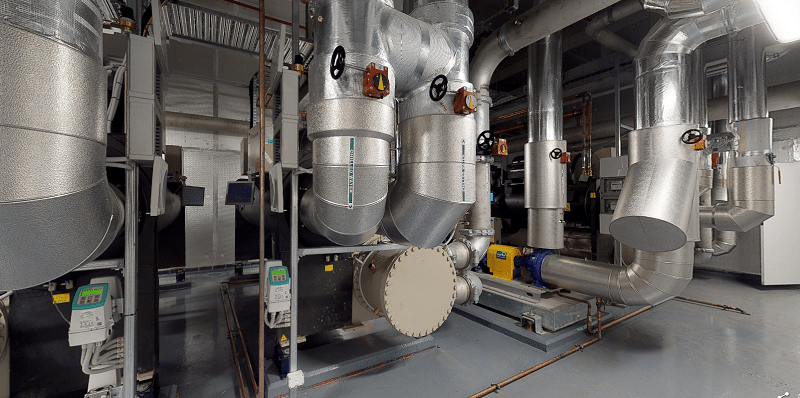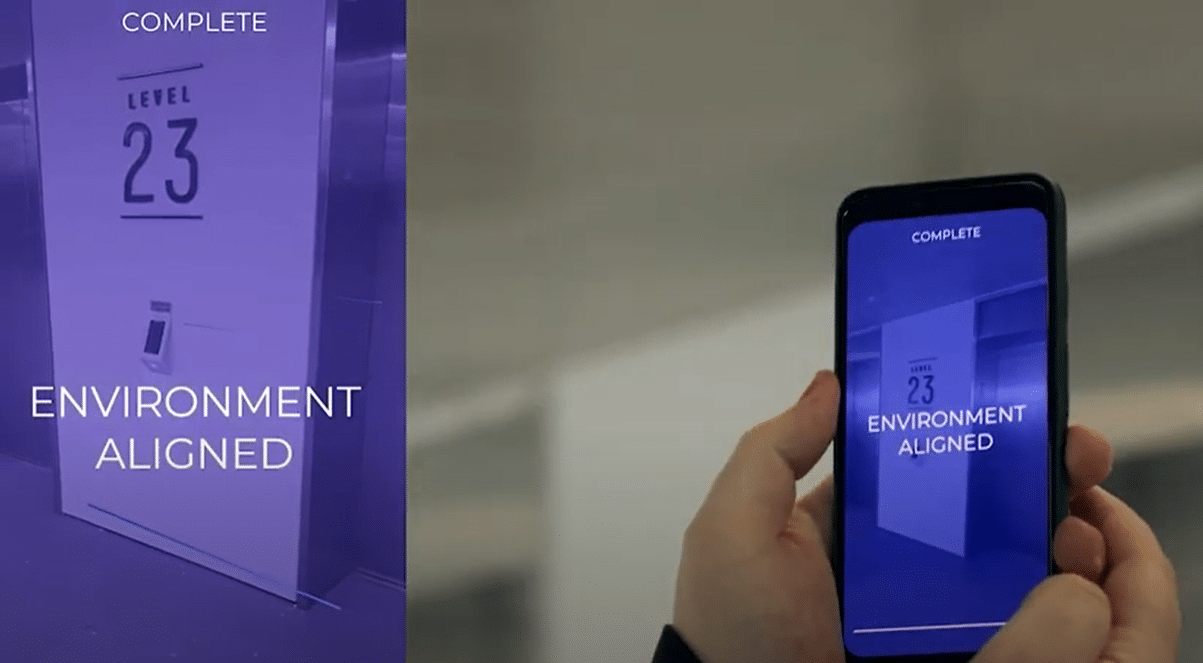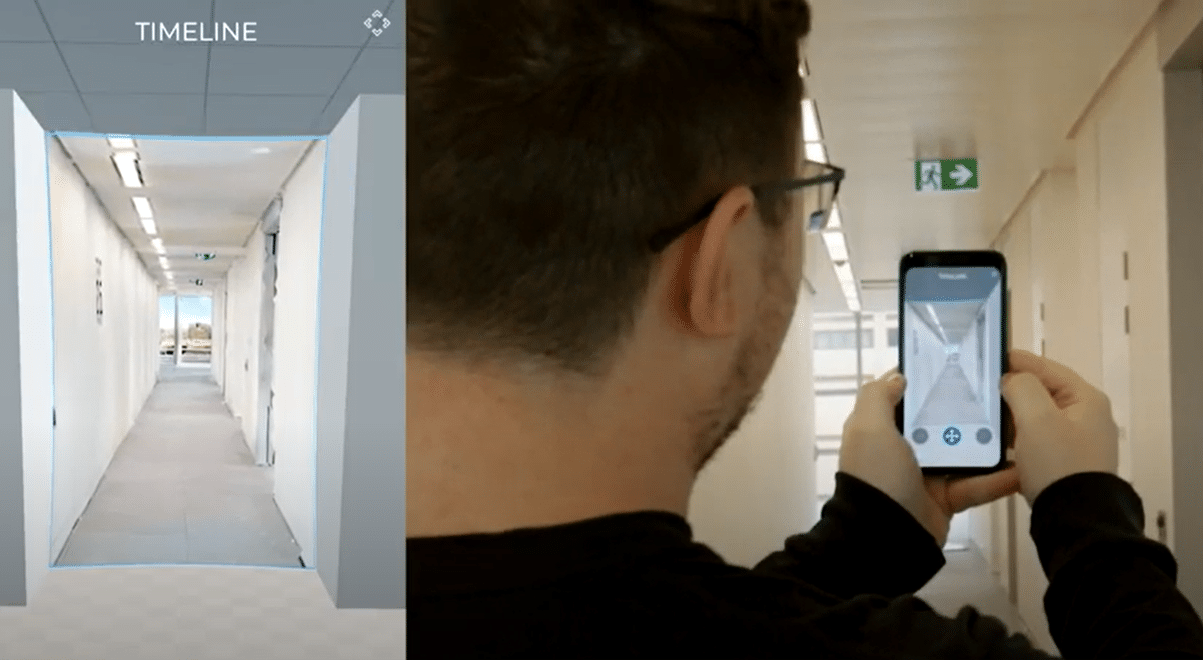Digital Twins and AR Technology
Gain greater insights with this technology
Augmented reality technology provides the ability to enhance how we use and engage with digital twins in real-time. This creates opportunities to gain greater insights on how your assets are performing, utilised, and maintained.
What is a digital twin?
A digital twin refers to a digital replica, a virtual model or the three-dimensional representation of the built environment or physical asset, at a certain point in time. A digital twin can also be the design model for a future asset, which can be updated and maintained to reflect the as-built state of the asset, during the construction and operational phases of its lifecycle.
What is augmented reality technology?
Augment reality (AR) uses technology to superimpose digital information on the world we see in front of us in real-time, based on the current user’s point of view, using glasses or a camera enabled smart device. The digital information can be sounds, images, text, 3D models, spatial and/or IoT information.
How do we use digital twins and AR?
Using AR to superimpose 3D spatial information such as a Building Information Models (BIM) requires that we have alignment between what we see and the digital information that needs to be displayed in the correct relative location. The core benefit that AR provides users is that the digital twin information that is displayed, is correctly aligned or “anchored in” with what the user is looking at, as they move around the real environment. The digital twin needs to be spatially aligned to provide confidence that the information is accurate and relevant to the current location or point of view (POV).

One of the ways we can do this, is to use reality capture solutions to a create a photorealistic 3D mesh model or digital twin of a particular location. The reality capture digital twin then acts as an anchor to enable the AR system to align itself to what the user is looking at, in real time. Once this is achieved, we can then display other digital twin information that has also been aligned to the reality capture digital twin. This creates a single point of truth (SPOT) from which we can visualise what we see in the real world with a digital or virtual environment overlay. This allows the user to move through the environment whilst ensuring alignment of the superimposed digital information is maintained.

What are the benefits of using AR and digital twins?
In a recent proof of concept project with our partners Phoria, we were able to realise the benefits of digital twin information, both spatial and asset performance, using AR technology. Once we have the reality capture digital twin of an environment, we use this to align the BIM design that we want to display through AR. The BIM model can show design features and elements in the built environment and show where they are or how they interact even though they may no longer be visible in the live environment. We can also provide spatial markers or POIs that link to a specific system or component. This could be an IoT sensor which can be accessed via the POI marker that then displays the current data or status of the sensor or system.

We can also use the AR solution to provide real-time navigation or wayfinding to a specific point or location within the digital twin. This is useful for assisting service technicians to identify a specific panel or system in a complex environment that they are not familiar with. It can also provide allow the interaction with a live digital twin insitu to monitor the effect of a change of a control process.
The opportunities are endless and are dependent on the ability to access and display information from other systems and platforms within the AR environment.
Who can benefit from using digital twins and AR?
Integrating digital twins with AR can provide planners, architects, designers, and engineering specialists within a BIM environment with the necessary information to make informed decisions about the asset and how it interacts with the built environment. It can also be used by facility and operations managers to understand how their assets are performing not only from the desktop, but onsite.
To learn how you can utilise digital twins with AR technology and experience its benefits, get in touch with our Chief Technical Officer, Bruce Baker or connect with our IntelliSpatial team
